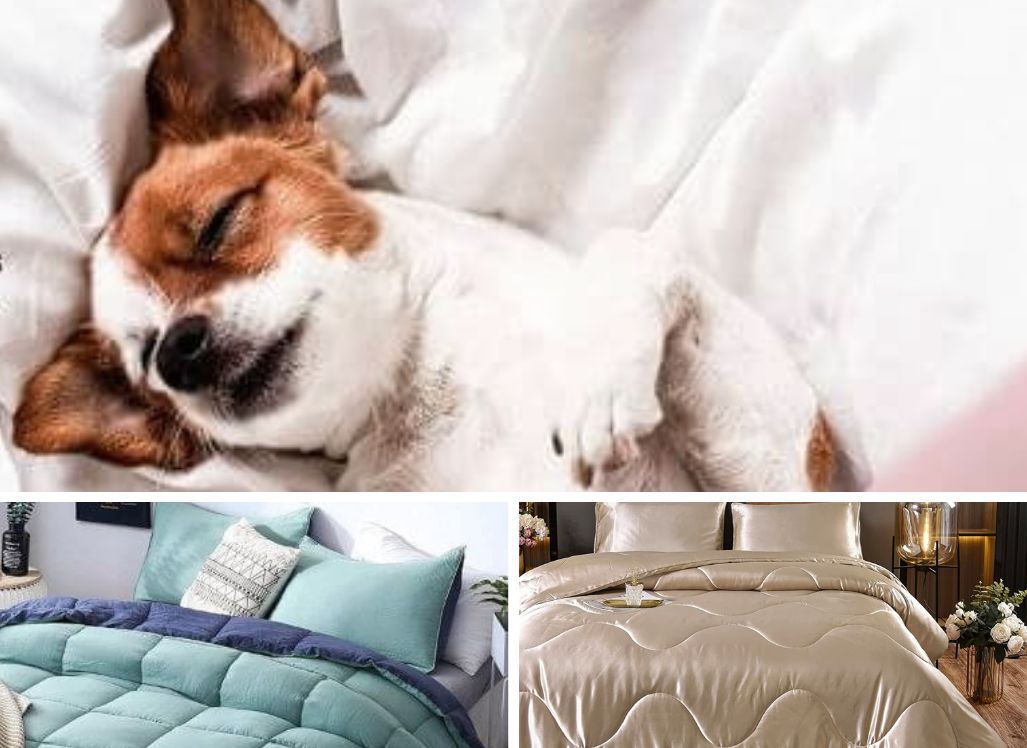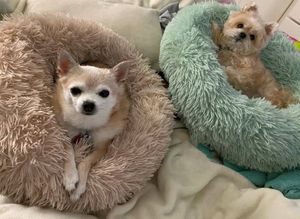If you’ve ever had trouble distinguishing between a comforter, duvet, doona, or quilt, you’re not alone. With so many names for this essential bedding item (and possibly many more) it can be confusing to figure out what’s what. To add to the confusion, the same item can be called by different names in different parts of the world.
Whatever you call them, they all have one thing in common: they form the top layer of your bedding, and serve the purpose of keeping you warm at night, ensuring a cozy and comfortable sleep.
Yet, although they all serve similar purposes, there are some important differences between them. Understanding these differences can help you choose the right option for your needs and preferences.
Duvet
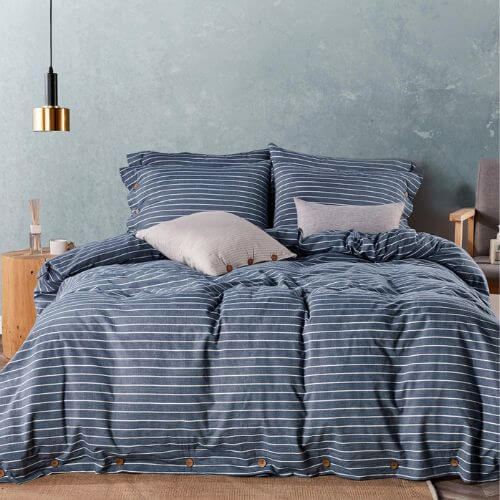
The word "duvet" originates from the French word for "down". Duvets were originally used in Europe, and were filled with down or feathers. Now they are used all over the world, and can be filled with natural or synthetic materials such as down, feathers, wool, silk, or a synthetic alternative.
A duvet consists of a soft, flat bag (the "duvet inner" or "duvet insert") and is enclosed in a removable cover (the "duvet cover"). The cover is usually made from a soft fabric such as cotton or linen and can be removed for washing.
The warmth of a duvet depends on the type and amount of filling in the duvet inner. Duvets come in a variety of weights, from lightweight options perfect for hot summer nights to heavy-duty warmth for bitterly cold winters. Additionally, some duvets are available with adjustable weights, allowing you to add or remove layers to achieve the perfect weight for your individual preference.
Duvet covers come in a range of materials, including cotton, linen, silk, and microfiber, and can be easily removed and washed. Because the cover can be washed readily, it is common to use the duvet without a top sheet, especially in Europe; however, in some countries, people still use a top sheet beneath the duvet.
Comforter
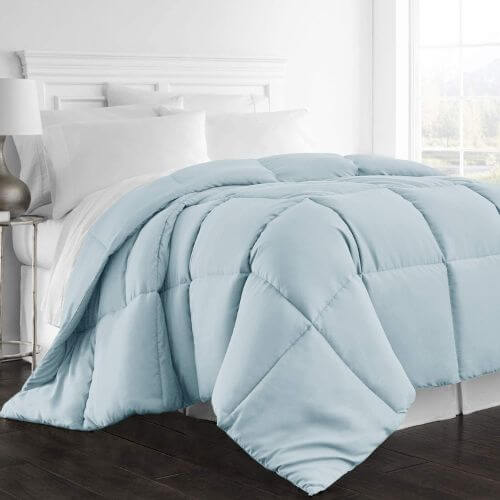
A comforter is a type of bedding topper that is very popular in the United States. Often described as the American equivalent of a duvet, comforters come in just about any theme, color, style, or design imaginable. They are generally one complete, quilted piece, and are available in different thicknesses and materials that help regulate temperature.
A comforter is similar to a duvet in that it provides warmth and comfort when sleeping, but differs in its construction. A comforter is sewn together and can be made from materials like down, cotton, or synthetic fibers. There’s less fill in a comforter, making it flatter (and sometimes cooler) than a duvet, but unlike a duvet, it does not require a separate cover.
That said, some items advertised as comforters can also be used as inserts into duvet covers. Since comforters generally don’t have a separate cover that can be removed for washing, they require a top sheet between the sleeper and the comforter, that can be washed more regularly than the comforter.
Doona
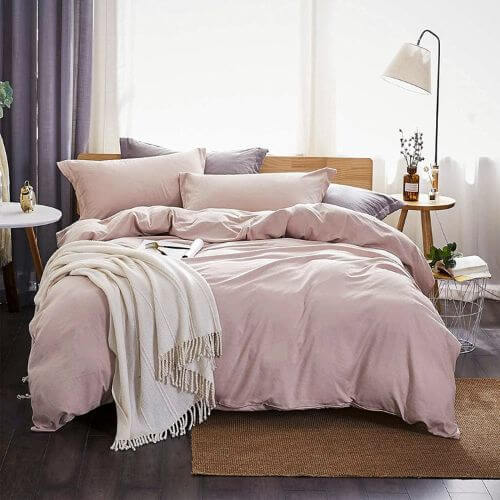
The word "doona" is an Australian term for a duvet (it's a "duvet" in the UK, Ireland, and NZ). The word stems from the Danish word 'dyne" for down feathers, and was used by an Australian company as a brand name for their duvets - now Australians use the generic term "doona" to mean a quilt or a duvet.
Quilt
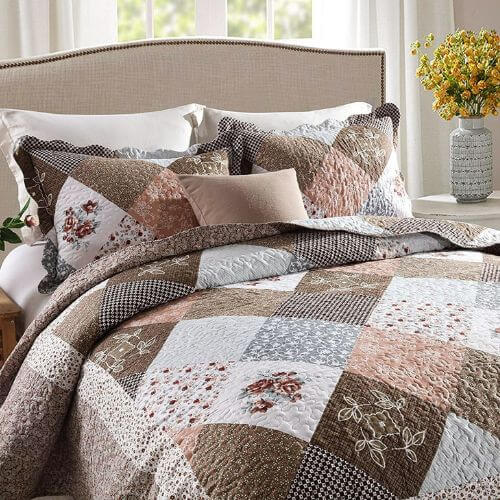
These bed coverings consist of two layers of fabric with a layer of batting (insulation) in between, providing excellent warmth and comfort. The quilting process involved stitching or tying these layers together in a decorative pattern, making each quilt a unique piece of art.
Nowadays, machine-made quilts are usually more affordable than handcrafted ones, and the patterns may be dyed directly onto the fabric instead of being pieced together with scraps.
Quilts crafted from cotton or soft cotton blends make for ideal lightweight coverings in the summer, and can be layered over blankets during winter to provide extra warmth.
Quilts are not only used as a bedding accessory, but can serve multiple purposes - as a wall hanging, or even as a rug. While traditional quilts consisted of a mix of scraps of fabric, modern quilts have expanded to include a range of materials, from vintage fabrics to bold prints and colors. The range of techniques used in quilting is equally diverse, including patchwork, applique, and embroidery.
To Sum Up
Bed coverings, whether for aesthetics, or warmth, come by many other names as well - there are blankets, bedspreads, eiderdowns, continental quilts, coverlets - the list goes on. In this article, we have looked at four of the most commonly used terms.
Whether you are looking for a duvet, a comforter, a doona, or a quilt, depends on the country you live in. No matter which item you choose, your choice of bedding topper depends on personal preference and desired levels of warmth and comfort, so ensure you find the optimal combination for a restful night’s sleep.
You may also like:
